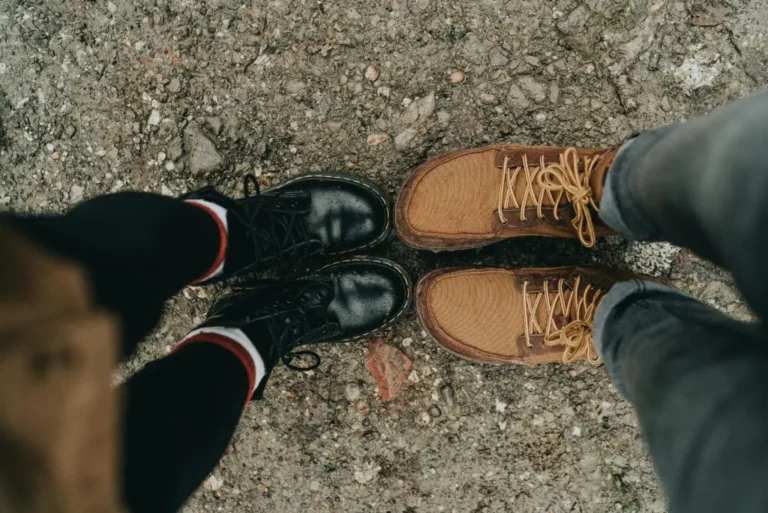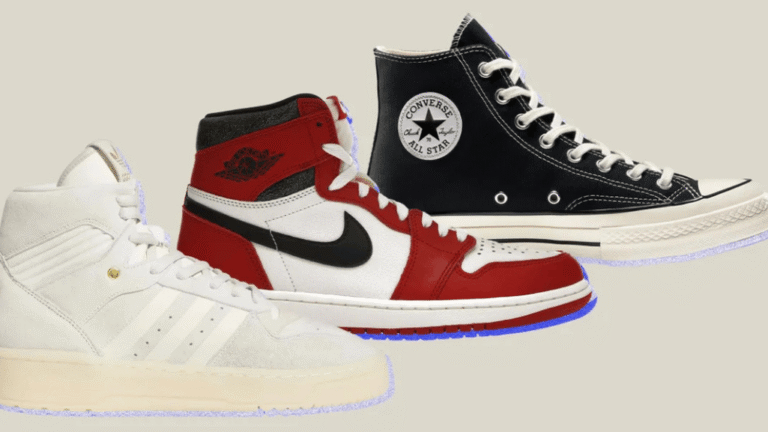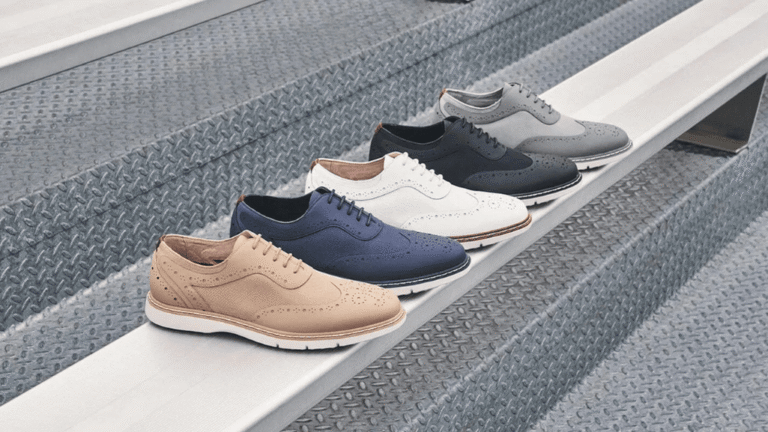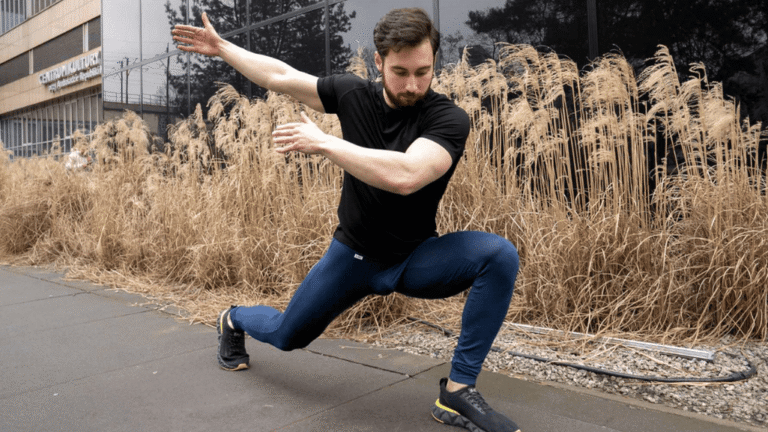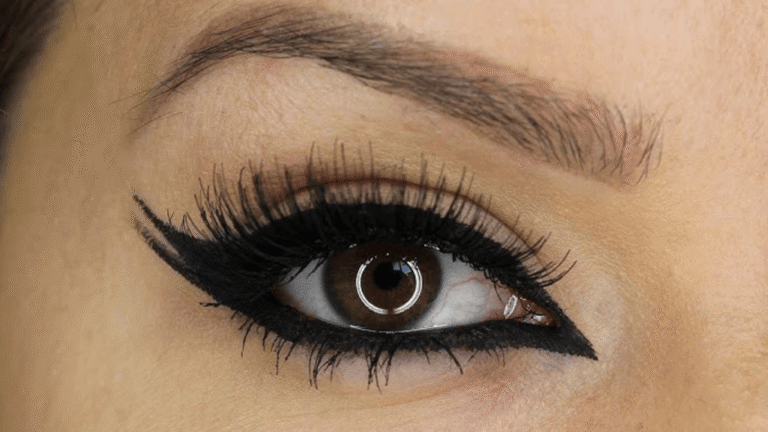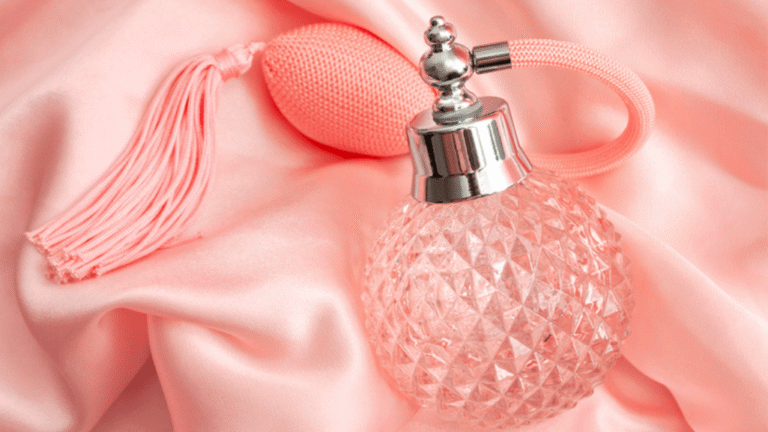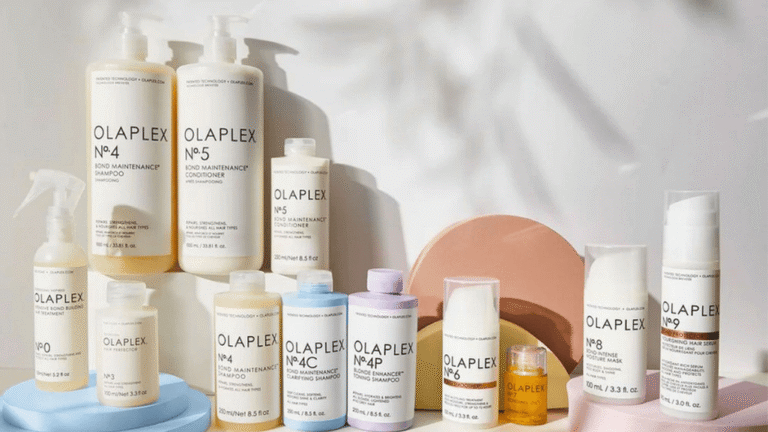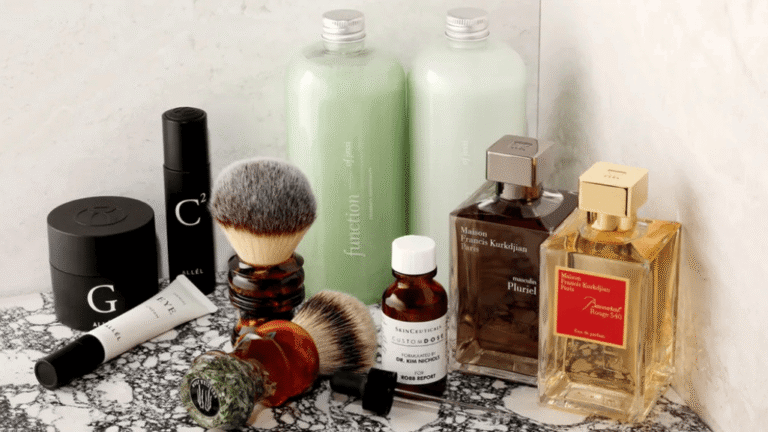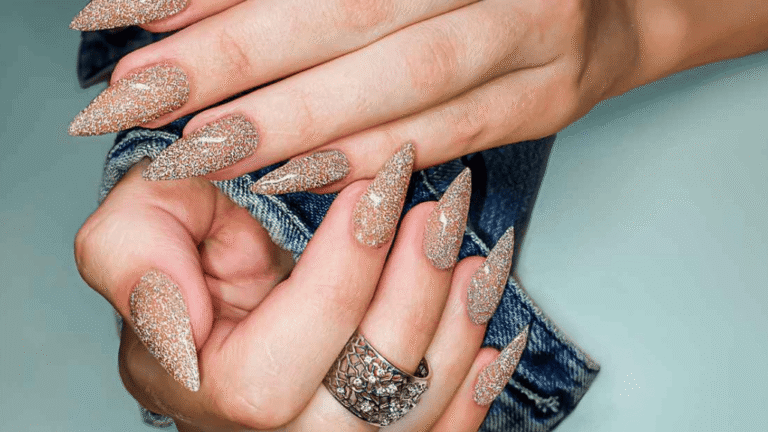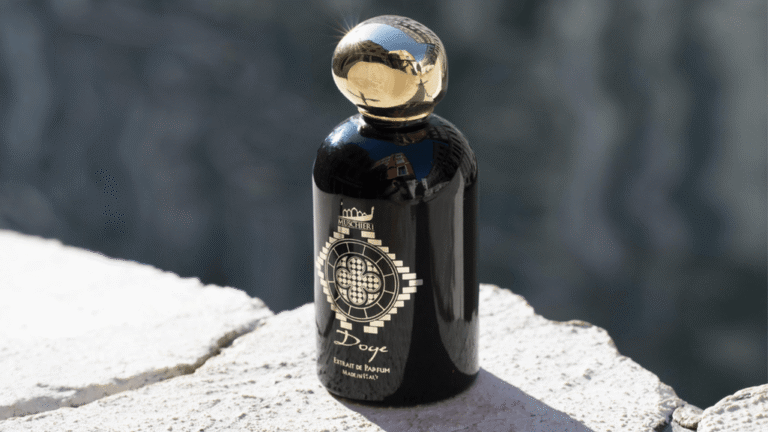Quick overview: The Nail Anatomy unit is a small but vital part of the integumentary system. It is a specialized, hard structure that protects fingertip and toe tissues and helps with gripping and precise tasks.
The most visible, hard surface is the nail plate. It sits over living soft skin and tissue, including the nail bed and surrounding folds. The matrix creates new cells, while the cuticle protects the base.
Healthy nails are usually smooth and uniform in color. Some variation is normal, but sudden or marked changes can signal broader health concerns and may need a professional review.
This guide offers a clear, beginner-friendly walk-through of the parts you can see and those you can’t. It explains how nails grow, what healthy looks like, and when to seek care.
Understanding structure-first helps you choose proper care, talk with providers, and make safer salon decisions.
Key Takeaways
- The nail unit includes the plate, bed, matrix, lunula, cuticle, and folds.
- The hard plate protects soft skin and tissue beneath it.
- Healthy nails are smooth and consistent in color; changes may need attention.
- Knowing structure helps with care, products, and professional conversations.
- This guide is U.S.-focused but useful for anyone learning basic structure and care.
What Is the Visible Part of the Nail? A Beginner’s Look at Your Fingertips and Toes
On each fingertip and toe, a tough, translucent plate covers the soft tissue beneath. This visible part nail is the plate you trim, file, and polish. It is made of keratin and lets the pink of the underlying bed show through at the tips fingers and toes.
How the free edge works: The free edge nail extends past the tip and acts as a small cutting or abrasive edge for daily tasks. Keep this edge smooth to avoid snags and to reduce stress that leads to splits or micro-cracks.
Underneath the plate
Under the free edge lies the hyponychium, while the onychodermal band forms a protective seal where the plate separates from the fingertip. The nail bed under the plate is rich in tiny blood vessels, which is why a healthy visible part often looks pink.
- Observe: Watch for color or texture changes at the tip and sides.
- Protect: Don’t overclean the underneath nail plate area to preserve the seal.
- Trim: File the edge smoothly to prevent tearing and maintain comfort.
Nail Anatomy Essentials: Parts You Can See and the Parts You Can’t
A small, well-organized structure at the fingertip makes new cells and seals the surface from harm.
Matrix and lunula: where new cells begin
Matrix is the growth engine. New cells form here, harden, and push forward to become the plate. The lunula is the whitish half-moon you sometimes see at the base.
Nail bed and blood vessels: why healthy nails look pink
The nail bed is living skin under the plate. Tiny blood vessels in this bed give a healthy pink hue when circulation is strong.
Folds, eponychium, and cuticle: the protective seal
Proximal and lateral nail folds shield the matrix and plate edges from trauma. The eponychium is living skin; the cuticle is nonliving. Together they seal out irritants—so manage the cuticle gently.
Hyponychium and onychodermal band: the edge seal
The hyponychium under the free edge and the onychodermal band form a final barrier that protects the bed at the fingertip or toe.
Mantle and base of the nail
The mantle covers the root and supports the base nail. Injury at the base can change plate shape as it grows, so healthy surrounding skin and tissue matter for good growth.
What Nails Are Made Of and How They Grow
Built from tightly packed keratin and supported by water and lipids, the plate balances strength and flexibility.
The nail plate is mostly keratin. Water and lipids keep it flexible and reduce brittleness. This mix helps the plate resist cracking while still bending a little under stress.
Keratin, water, and lipids: the building blocks
The plate is a layered, nonliving structure formed from hardened cells. Densely packed keratin gives strength. Water and oils preserve suppleness and stop excess splitting.
Growth rates: fingers vs. toes and timelines
Growth starts in the matrix, where living cells form and harden into the plate. Those new cells push forward over the bed as the visible material grows out.
- Fingernails: about 3–3.5 mm per month; full regrowth in roughly 3–6 months.
- Toenails: slower, roughly 1.5–1.6 mm per month; full regrowth can take 12–18 months.
Rate varies with age, diet, circulation (blood supply), activity, and season. Keep skin and nails healthy to support steady growth and a resilient plate.
Tip: Track changes over several months. Because the plate is not living, improvements show gradually as new material grows from the base.
Functions of Healthy Nails in Everyday Life
Healthy plates at the fingertip and toe tip act as small shields that soften everyday knocks and scrapes. They protect the distal phalanx and nearby soft skin from impact. This reduces pain and lowers the chance of cuts or infections.
Protection against injury and infection
The plate shields the tip and forms a barrier with the cuticle and hyponychium. Intact seals limit entry points for microbes and irritants, supporting overall health of the unit.
Fine motor skills, grip, and fingertip sensation
Nails create counter-pressure that helps fingers and toes grip small objects. A firm surface at the tip improves precision for tasks like separating pages or lifting tabs.
- Circulation: Small blood vessels under the plate help maintain flow while gripping, aiding endurance during repeated tasks.
- Feedback: A stable bed and plate transmit subtle sensations that guide fine movements.
- Care tips: Keep the edge smooth, avoid using nails as levers, and keep moisture balanced to preserve strength.
For more on structure and care, see a concise overview at this guide and additional details at this resource. Regular, gentle care preserves both appearance and function.
Changes in Nails: Color, Texture, and Ridges You Shouldn’t Ignore
Visible changes in color, texture, or surface ridges often signal more than cosmetic wear. Persistent shifts merit a closer look because some patterns point to treatable conditions.
Common changes and conditions
Meaningful changes include long‑lasting shifts in color or new ridges, painful texture changes, or separation at the plate edge. Some variations are harmless; others need evaluation.
Onycholysis: partial separation of the plate from the bed appears as a pale or yellow area at the tip. Reduce trauma and seek help if it spreads or causes pain.
Paronychia: infection of the surrounding skin that causes redness, swelling, pain, or pus. Prompt care prevents deeper infection and protects the part nail and skin.
Pitting and ingrown edges: tiny surface pits can link to skin conditions. An ingrown plate edge that digs into skin causes tenderness and raises infection risk.
When to contact healthcare
In the United States, contact a primary care clinician or board‑certified dermatologist if changes are painful, recurrent, spreading, or have discharge. Early evaluation finds treatable causes and avoids complications.
Home care: avoid ripping or aggressive scraping, keep surrounding skin clean and lightly moisturized, and trim edges carefully. Accurate diagnosis often needs an in‑person exam.
Conclusion
Knowing basic nail anatomy helps you make better daily choices for the tips of your fingers and toes. The core parts—the nail plate over the nail bed, growth from the matrix and lunula, and protective seals such as the nail folds, cuticle, hyponychium, and onychodermal band—work together to keep the plate strong and the underlying tissue safe.
Watch the visible part for changes in color, texture, or the free edge. Check the free edge and underneath nail plate gently. Smooth edges, protect surrounding skin, and avoid practices that lift or irritate the cuticle seal.
Growth moves from the base outward, so be patient: steady care yields resilient plates. If you see lasting shifts, pain, or signs of infection, contact a U.S. healthcare professional. A simple routine and the right terms—lunula, folds, hyponychium, base—make conversations with clinicians and technicians clearer and more effective.
FAQ
What is the visible part of the nail on fingertips and toes?
Where do new nail cells form?
Why do healthy nails look pink?
What are nail folds, eponychium, and cuticle for?
What is the hyponychium and onychodermal band?
What supports the root of the plate?
What do nails consist of chemically?
How fast do fingernails and toenails grow?
What protective roles do healthy nails serve?
What are common changes like ridges, discoloration, and texture shifts?
When should I contact a healthcare professional in the United States?
How can I reduce risk of infection at the base and edges?
Can nail appearance indicate overall health?







